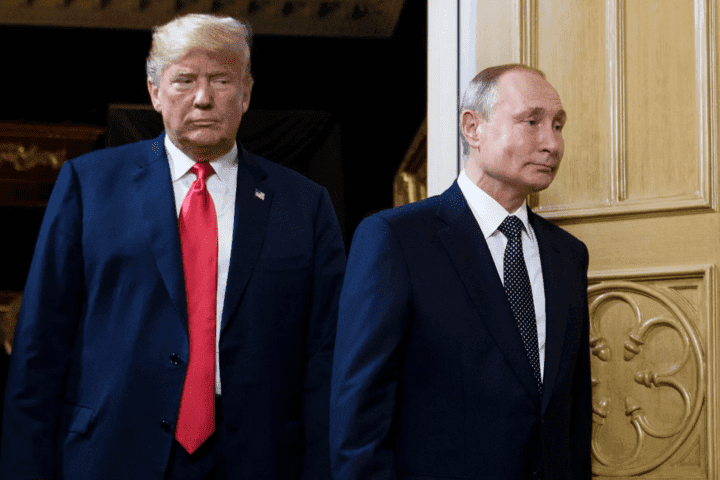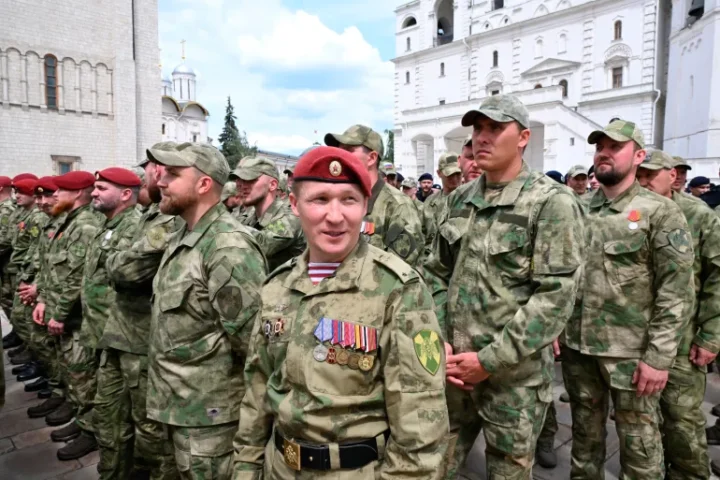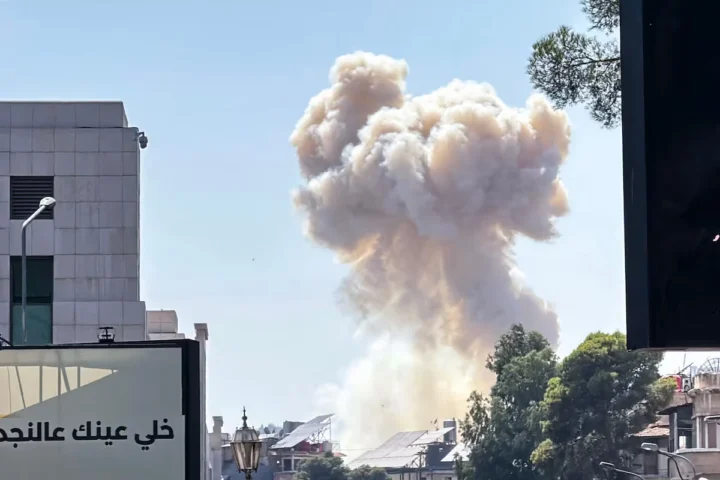In a rare display of diplomatic precision, two nearly identical statements released following separate negotiations between the United States and Ukraine, and the United States and Russia, are drawing attention for their careful wording and strategic implications. Though they appear similar on the surface, each phrase was meticulously chosen to eliminate ambiguity and reflect subtle but critical distinctions in the geopolitical conversation.
Every Word Counts
As noted by The Guardian’s analyst Jakub Krupa, “Two almost identical statements show that every word matters.” Unlike previous instances—such as the controversial divergence in US and Russian statements following a conversation between Presidents Donald Trump and Vladimir Putin—this time, the language has been tightly aligned. The goal: to avoid misinterpretation of sensitive agreements.
Both declarations emphasize two primary elements:
- A ceasefire at sea, particularly in the Black Sea region.
- A commitment to develop mechanisms to implement a ban on strikes targeting energy infrastructure.
The identical phrasing across both documents is no accident. It reflects a coordinated effort to present a united front and reduce diplomatic friction. The effort stems from previous confusion when earlier statements diverged widely, especially on the scope of infrastructure protections—raising the question of whether only energy facilities were off-limits or if the ban also extended to broader civilian infrastructure.
Tailored Additions Reflect National Priorities
Despite the overarching similarities, each statement includes slight but meaningful national adaptations:
- The US-Russia statement mentions efforts to restore Russia’s access to agricultural exports and fertilizers, signaling a potential thaw in sectors previously restricted by sanctions.
- The US-Ukraine version highlights the need to repatriate Ukrainian prisoners of war, civilian detainees, and deported children, reflecting Ukraine’s pressing humanitarian concerns.
These additions underline the unique priorities each country brings to the negotiating table, even as they attempt to uphold shared principles.
Ukraine Clarifies Its Red Lines
Ukraine’s Ministry of Defense published a more detailed version of its statement on Telegram, offering clarity and signaling firm boundaries regarding naval activity.
The statement, attributed to Defense Minister Rustem Umerov, firmly asserts:
“The movement of Russian naval vessels beyond the eastern part of the Black Sea will be considered a violation of the spirit of the agreement.”
Furthermore, it stresses:
“Such movement will be regarded as a breach of obligations to uphold freedom of navigation in the Black Sea and as a threat to Ukraine’s national security. In that case, Ukraine will have full rights to self-defense.”
This strong language reflects a proactive stance, ensuring that the ceasefire terms are not exploited or misinterpreted in the maritime domain.
A Step Beyond the U.S. Position?
Perhaps most striking is that Ukraine’s statement appears to go further than the U.S. position on energy infrastructure. It declares:
“All parties have agreed to implement agreements… on a complete ban on attacks on the energy infrastructure of both Ukraine and Russia.”
This framing not only reinforces mutual restraint but subtly positions Ukraine as a key moral and legal actor in defining the terms of wartime conduct.
The document also calls for swift follow-up:
“To effectively implement the agreements reached, it is essential to hold additional technical consultations as soon as possible to harmonize all details and technical aspects of execution, monitoring, and enforcement.”
Next Steps: Watching Moscow
While Ukraine and the U.S. have been transparent in their messaging, attention now turns to Russia. Will Moscow affirm the same interpretations? Will it match the precision and clarity of the Ukrainian statement, or will it offer a divergent narrative?
These parallel yet custom-tailored statements mark a moment of high-stakes diplomacy, where linguistic detail can be as decisive as military action. With future briefings expected from both Kyiv and Moscow, the world will be watching how each side chooses to define—and potentially redefine—the terms of engagement.
In a war where ambiguity can be weaponized, precision in language may offer the clearest path to stability.

















